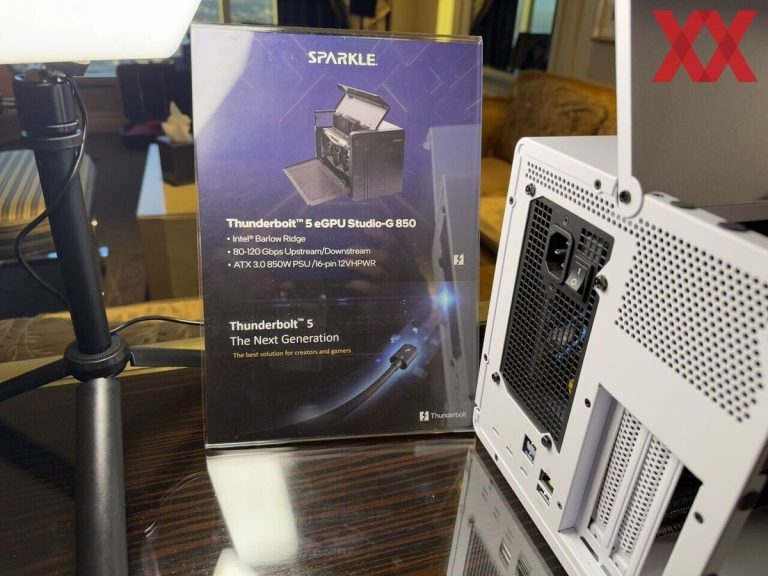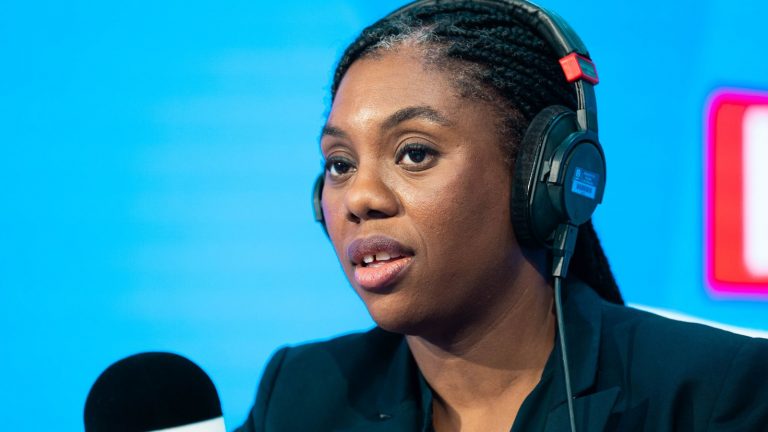Will Instagram Threads truly integrate with the fediverse, also known as the open social web, to allow its users not only to interact with people on other services like Twitter alternative Mastodon but also to move their account elsewhere if they decide that Meta’s policies are no longer to their liking? Today that answer remains murky. Meta cannot yet confirm if or when account portability features will be added to its roadmap and federation plans for the newer social network.
Reached for comment on the status of Threads’ account portability efforts, a Meta spokesperson said those plans were “top of mind” but declined to share details about the roadmap ahead.
Meta’s decision to not currently prioritize account portability in the near term comes at a pivotal time for the tech giant. The company recently announced the end of its fact-checking program in favor of a crowdsourced Community Notes feature, similar to X’s, alongside loosened content moderation rules. It’s also disabling a system that penalizes misinformation by downranking that content across its platforms, according to a report from Platformer. These changes could prompt users to reevaluate their relationship with Meta, and possibly consider relocating their accounts to other services — something Threads said it eventually plans to allow.
At the same time, Gen Z users are so fed up with Meta’s monopoly over social media that instead of returning to Instagram Reels in preparation for the U.S.’s ban of TikTok, they’ve moved en masse to another Chinese social network, called RedNote (Xiaohongshu). As of this week, some 700 million TikTok users joined RedNote while simultaneously making jokes on TikTok, which sees them bidding farewell to their “Chinese spy.”
Threads was meant to signal a new direction for Meta, in the sense that it would no longer attempt to compete with the open social web, but rather join it. To date, there’s been much discussion about whether or not Meta’s move into the fediverse, the open social web powered by the ActivityPub protocol, was being made in good faith, however. Critics have expressed concerns that Meta was simply coming in to dominate the open web by rapidly establishing itself as the largest federated client, giving it control over the fediverse’s future direction.
Still, Meta has continued to roll out many integrations with the fediverse on Threads, including things like being able to cross-post to Mastodon and see replies from Mastodon users within Threads. It’s also done a lot of the heavy lifting on the user education portion by including guides and explainers about the fediverse within the Threads app and on the web.
However, one of the key components to becoming a federated app is the adoption of account portability. That means, if you don’t like the way your federated server is doing things, you can take your account elsewhere, without losing your followers, follows, bookmarks, lists, and more.
In a December 2023 meeting between Meta reps and members of the fediverse community, Meta shared that part of what prompted its move to the fediverse in the first place were users’ concerns over the idea that Meta effectively “owned” someone’s followers. (While the meeting was not on the record, community members in attendance were able to share what was discussed, so long as they didn’t directly quote or attribute statements to specific individuals from Meta.)
In a summary of the meeting by attendee Tom Coates, he noted that Meta said it wanted to integrate with the fediverse to help address users’ concerns over their social graph.
“They were looking for the ability to know that if they needed to they could move elsewhere,” Coates wrote, though adding that it “didn’t feel like the whole story.”
In light of Meta’s massive policy change on fact-checking and moderation, it seemed a good time to check in on its fediverse agenda, given that there doesn’t appear to be any sign that the company has begun working on this feature.
When asked for a roadmap update with regard to account portability, a Meta spokesperson couldn’t confirm that the topic was even on the Threads roadmap, let alone when it was due to be addressed.
Instead, they shared that account portability was “top of mind as we continue our fediverse integration,” and there were “no additional details on the roadmap or timing at the moment.”
While Threads may still very well intend to eventually add an account portability feature, it stands to reason that it’s not a priority because, for now at least, the company aims to keep its users on Threads. The social network has grown to become what would be the largest federated app (if it were fully federated), with 300 million monthly active users, up from 275 million in November. It also has 100 million daily active users.























+ There are no comments
Add yours